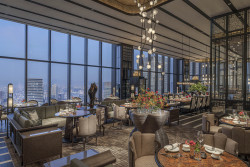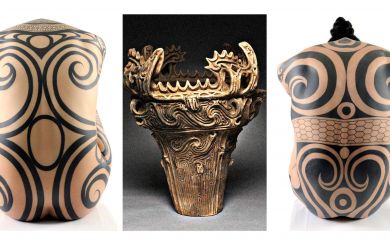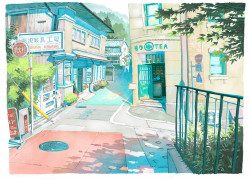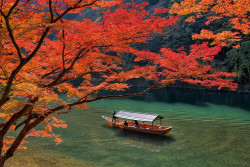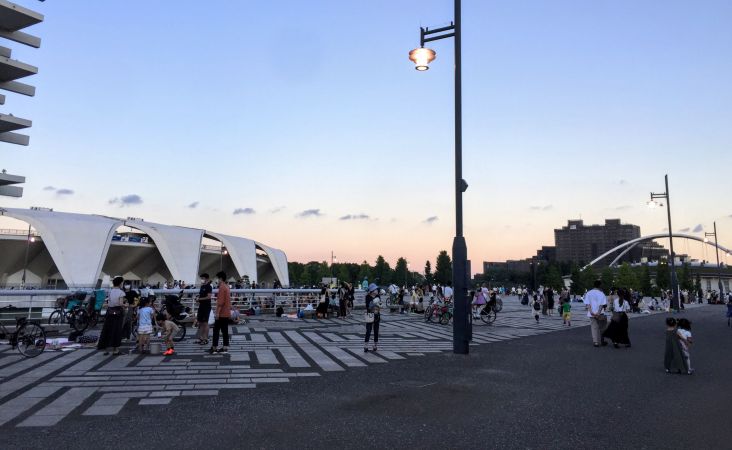
July 29, 2021
Tokyo Neighborhood Guide: Komazawa
Heartlands: Where Tokyo’s original Olympic legacy lives on
The Olympics are here and all eyes are on Tokyo. Athletes are going for gold in the new Olympic stadium, others swimming, surfing and karate-chopping their way to victory at one of the multiple Olympic venues in Tokyo and further afield. This is the second time that the Japanese capital has hosted the Games: the 1964 Tokyo Olympics brought much excitement and much development. Local areas were completely transformed; residents were re-homed, new metro stations built and shiny new Olympic stadiums erected.
Some of the Olympic venues from the ‘64 Games are still in existence. Yoyogi Park was where the old Olympic village was located, its futuristic UFO of a stadium still soars over the green space today, and has been rejuvenated as part of the Tokyo 2020 heritage venues.
Another of the original Olympic sites was Komazawa Olympic Park. Unlike Yoyogi, Komazawa Olympic Park hasn’t been recommissioned to take part in Tokyo 2020, but with its sci-fi sporting structures, it’s a must-visit for anyone interested in architecture, sports or just spending time in one of Tokyo’s best parks.
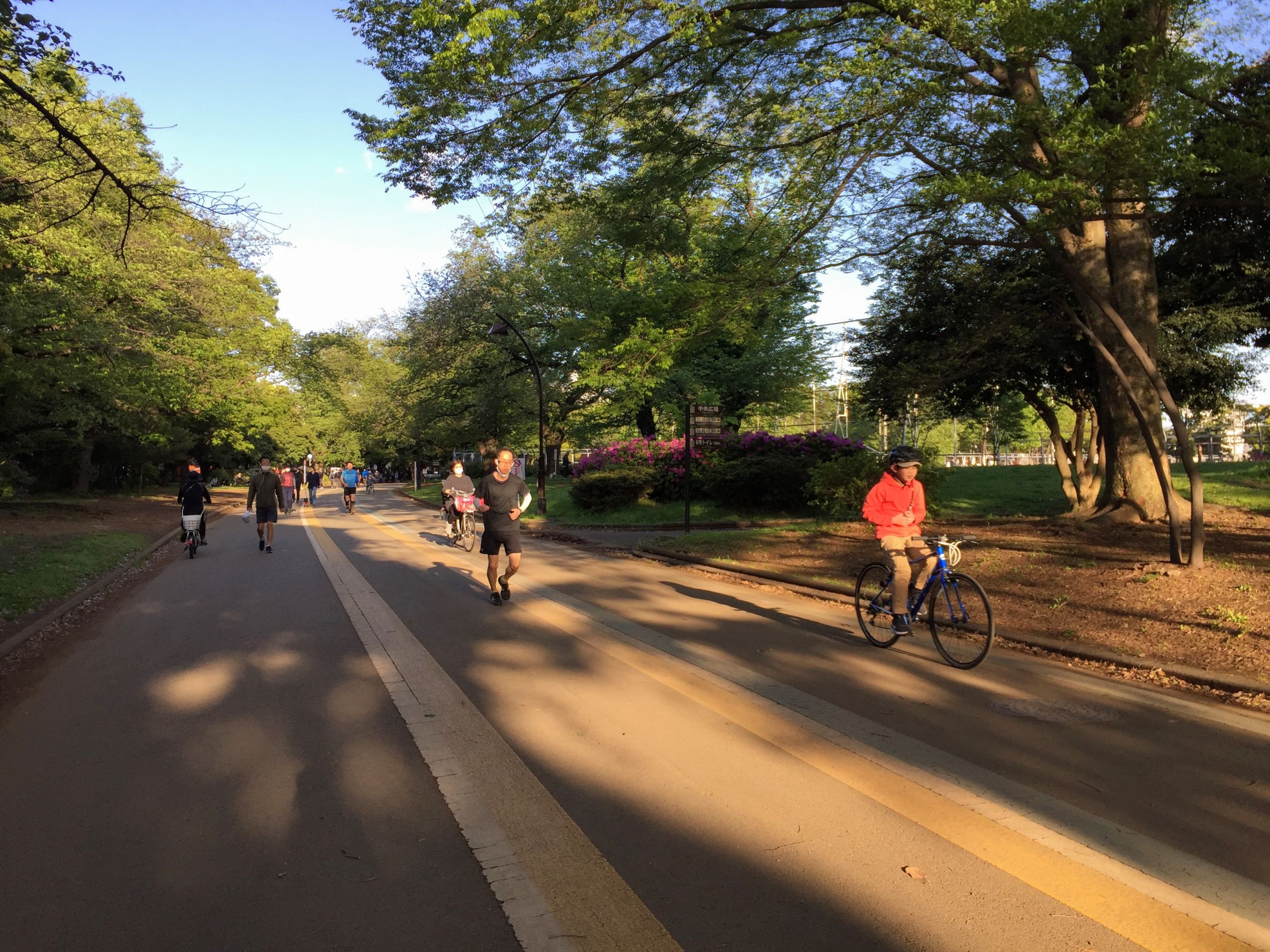
The history of Komazawa Olympic Park and the surrounding area goes far beyond its ‘60s Olympic fame. In 1914, the once rural land was developed into Tokyo Golf Club — the first golf course in Tokyo — which hosted a round between then Crown Prince Hirohito and Britain’s future King Edward VII during the latter’s 1922 tour of Japan.
The sizable green space was then intended to be one of the locations of the cancelled 1940 Tokyo Olympic Games. Instead it became embroiled in Japan’s war effort and reverted to agricultural land. The post-war reconstruction period sculpted much of the area and, in 1948, it became a sports ground hosting baseball teams, and national and international sporting events.
It was only natural then that in 1961, Komazawa was lined up as a venue for the 1964 Tokyo Olympics, becoming the secondary venue after the national stadium. A cutting-edge Olympic Park was unveiled and successfully hosted football, wrestling, volleyball and field hockey tournaments. Many of the original Olympic buildings remain.
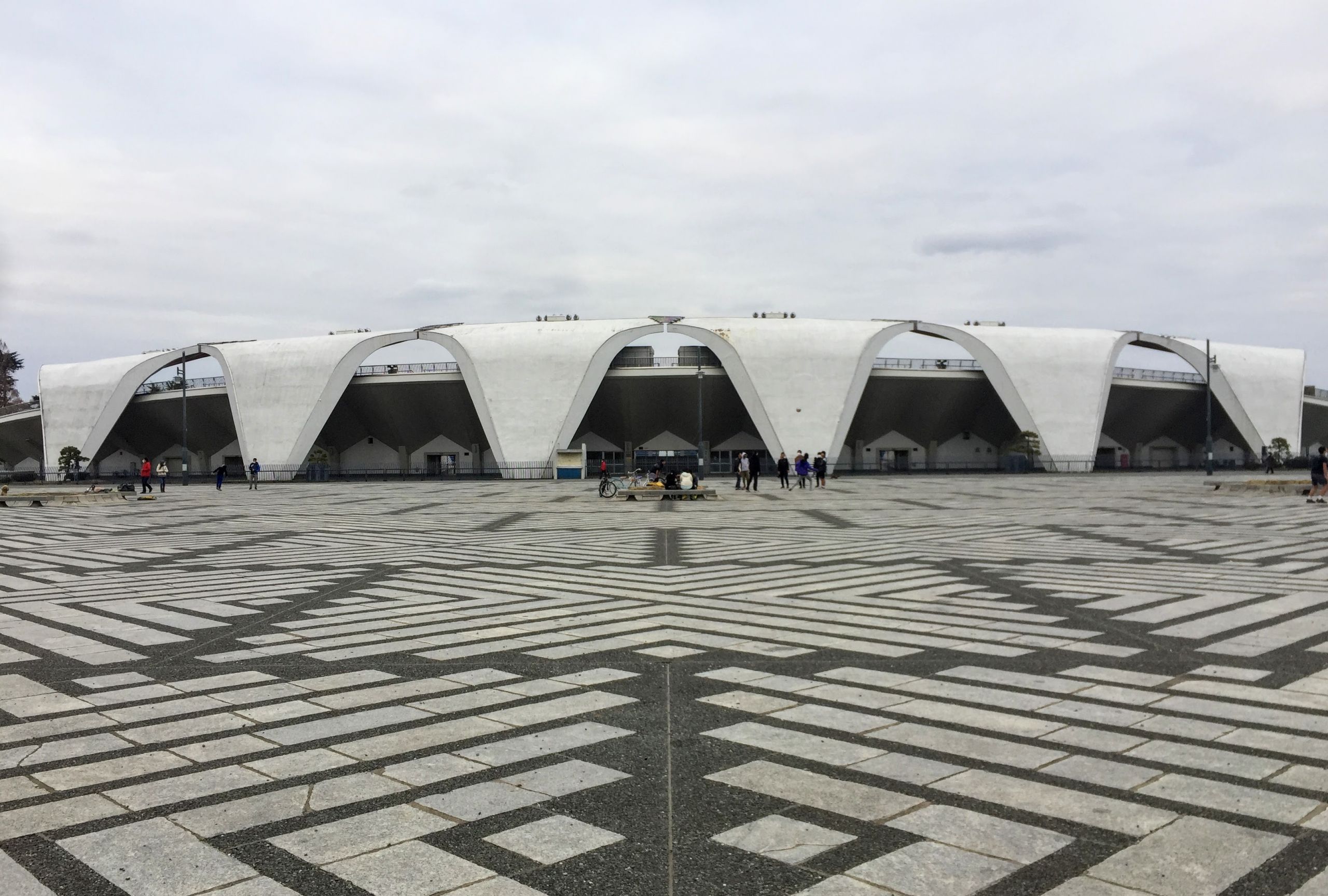
The park is centered around a large black-and-white geometric tiled plaza. The wide open space is bordered on one side by Komazawa Olympic Park Stadium, designed by Masachika Murata, and Komaza Gymnasium, by Yoshinobu Ashihara, on the other. Overseeing it all is the gleaming-white Control Tower. The vision of Ashihara, this modernist reimagining of a traditional pagoda spires out of a swimming pool-like water feature and is striking even today. Beside it is a small white podium where the Olympic flame once burned.
Walking among the stadiums, it’s not hard to imagine the excitement of 1964 when thousands of competitors and crowds of locals and overseas visitors filled the grounds.
Unlike some Olympic venues around the world that have crumbled into obscurity, Komazawa is testament to the legacy of the Tokyo 1964 Games. The arenas and sports grounds are still very much in regular use to this day. The running track and bicycle route which loop the park are busy with joggers, the football pitches are always booked out and local baseball games draw big crowds at the stadium.

But the park isn’t all athletics. Visit here on weekends and you’ll be greeted by picnic rugs and friends gathering to enjoy warm weather together. In the summer, kids cool off in the jabu-jabu (splash) park and throughout the year skateboarders hone their tricks in the skate park.
At the west entrance of the park, is Mr. Farmer. Part of a small chain, the eatery perfectly complements a weekend afternoon spent strolling in the area. The reasonably priced vegan-friendly menu is a hunger-inducing list of homemade pizza, veggie burgers and salads all made from ingredients sourced directly from Japanese farmers. Stop here for a long lunch, or grab a coffee to go and lay on the grass nearby.
For something a little more introspective there’s the Museum of Zen Culture and History at Komazawa University. The university is one of the oldest in the country, beginning back in 1592 as a place of learning for monks of the Soto sect (a main branch of Zen Buddhism). The free museum traces the history of Zen, from its beginnings in China and introduction to Japan, all the way to its influence on modern-day Japanese culture and arts.
Named Kounkan, the museum building is a sight in its own right. It was built in 1928 by architect Eizo Sugawara as a library after the original was destroyed in the 1923 Great Kanto Earthquake. Sugawara was influenced by renowned American architect Frank Lloyd Wright and incorporated Wright’s style into the design using bold lines, burnt brown brick tiles and a church-like facade. Now on the backdrop of modern university buildings, it stands in contrast to the contemporary area that has grown up around it.
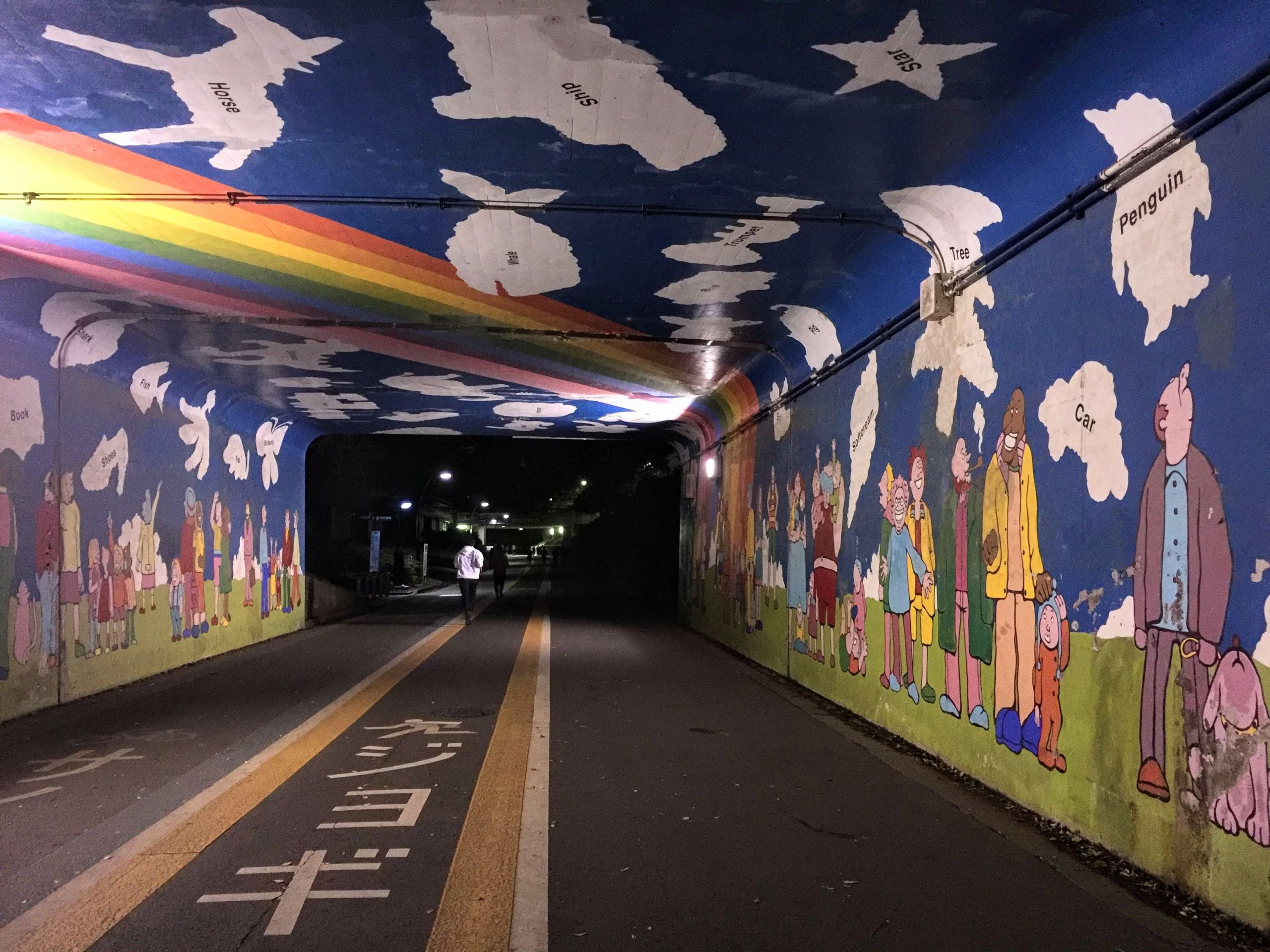
Leaving the park behind and heading out to the busy Setagaya streets near Komazawa-Daigaku station, there are the usual shops and clothing stores. Behind the main road however, attractive residential streets offer up interesting suburban stroll.
From the station, it’s easy to connect up with the Nomikawa-Kakinokizaka Tributary Green Road. This culverted stream provides a pedestrianized path that blooms with seasonal plants all the way to Toritsudaigaku, cutting through the Kakinozaka neighborhood. Veering off the greenway along the road that leads past Fusumacho Park, back towards Komazawa, takes you along the quiet, hilly streets of Yakumo. Home to modern-day mansions; some of them reimaginings of historic homes, others concrete castles.
Back at the Olympic Park, the main square changes as night falls. The steps leading up from the main entrance become a hang-out for couples and friends. People sip drinks, eat snacks and enjoy the wide open sky; below basketball players vie for the one hoop and big gangs of dance-groups practice their choreographed skipping rope routines. Sitting here on the steps, alongside the buzz of others on a summer evening makes you feel glad to be in Tokyo.
Elsewhere on Metropolis:
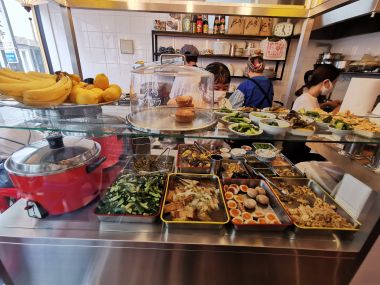
The Bravest Restaurants in Tokyo
Tokyo’s best new restaurants are carving out their place in an untested landscape

A Beginner’s Guide to Cycling in Tokyo
From buying and registering a bike to key rules of the road
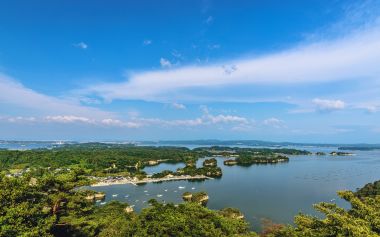
Escape the Tokyo Heat
This summer, travel up north
